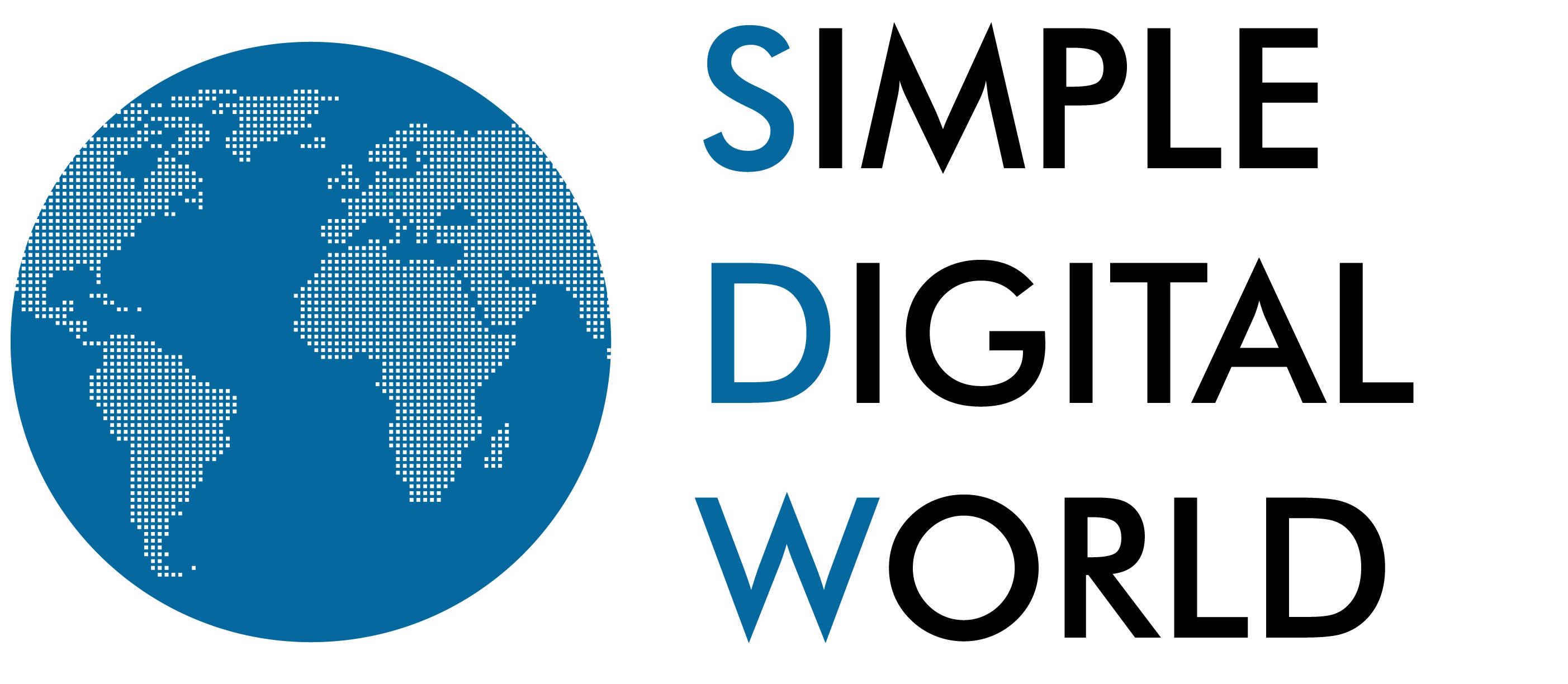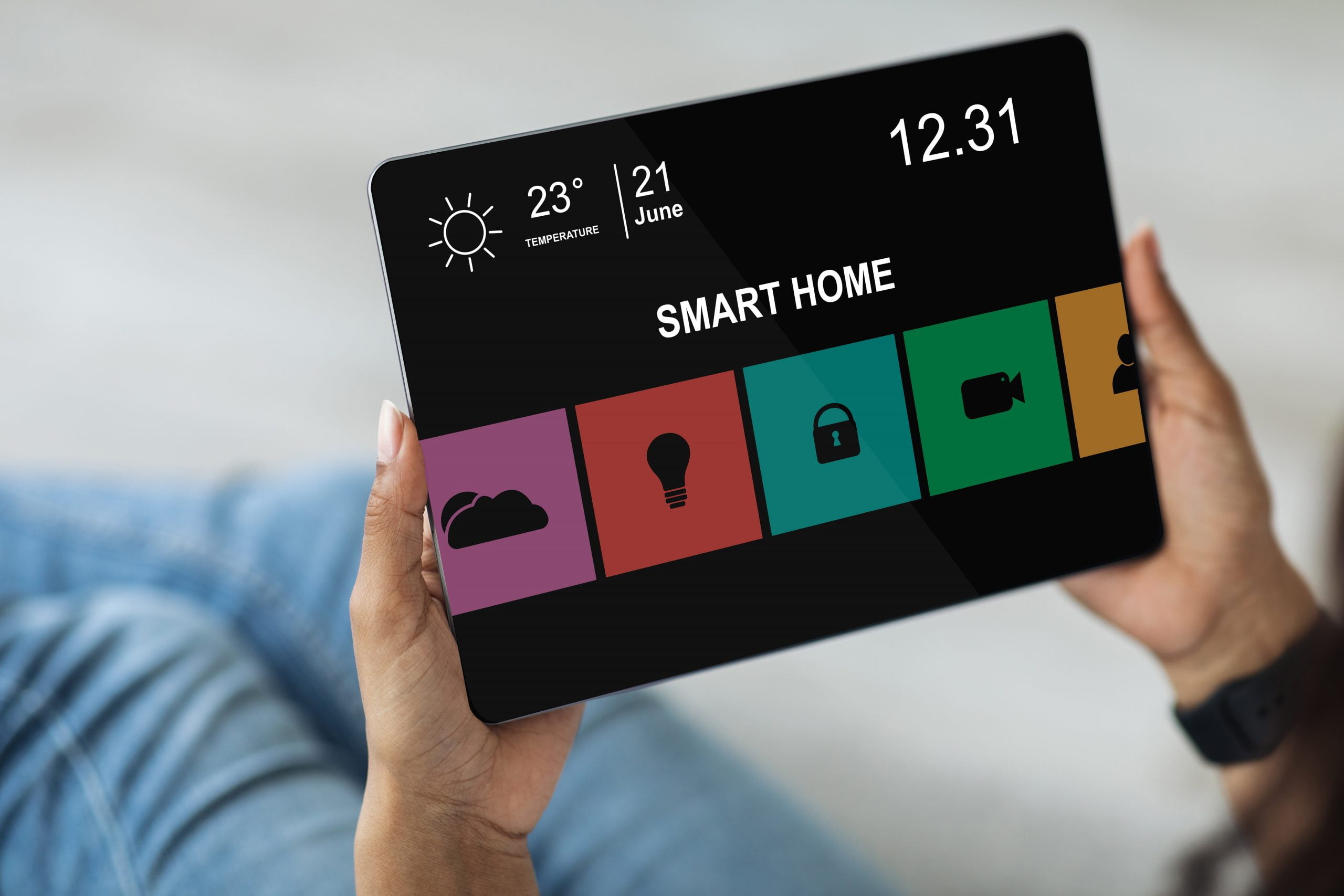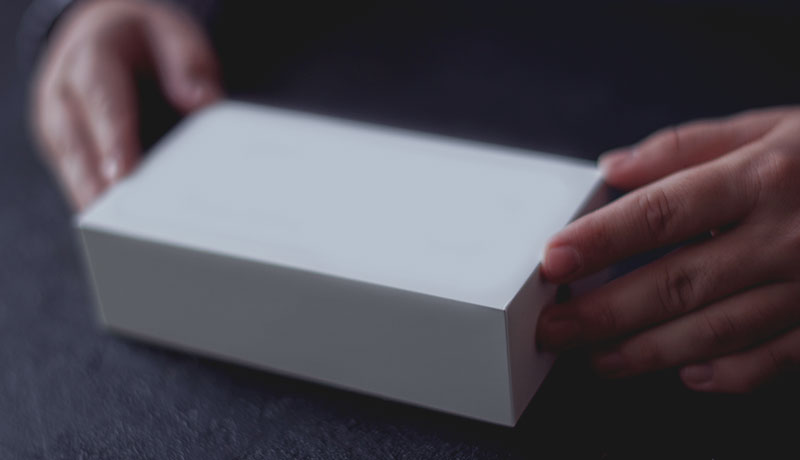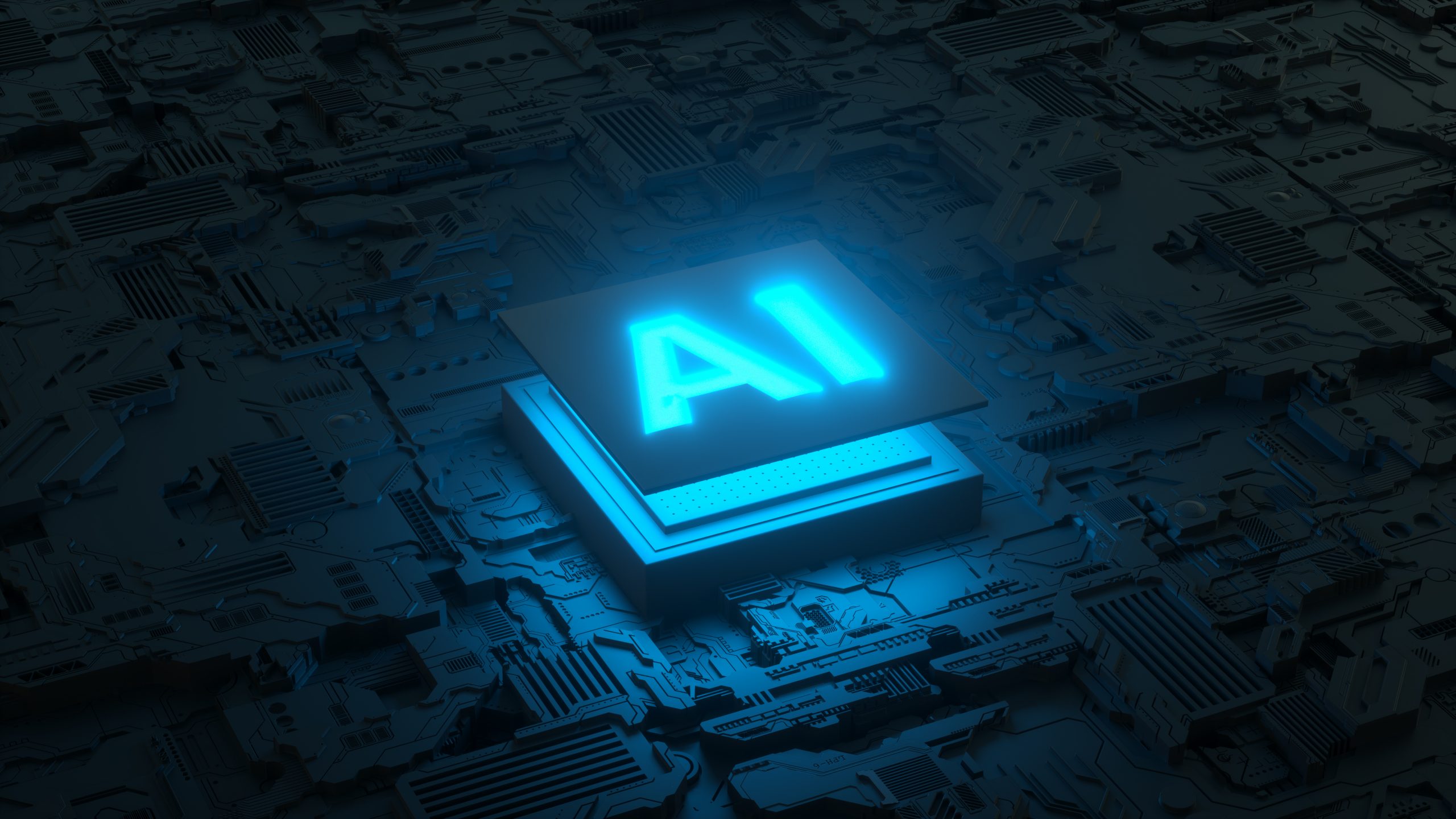A blog post that covers the fundamentals of the internet of things.
The Internet of Things (IoT) refers to a network of physical items that are connected to the Internet. In other words, everything having a sensor that can communicate with the internet (whether a computer, mobile device, car, or other item) is a member of the Internet of Things. But what exactly is the Internet of Things? What are some of the IoT’s potential applications?
Introduction
The internet of things (IoT) is one of today’s most talked-about and fascinating technologies. It has the ability to transform how we interact, monitor, and control devices, systems, and services. With so much hype around the Internet of Things, it might be difficult to know where to begin if you want to become engaged. This blog post will define the internet of things and explain how to get started with it. Let’s get started!
What is the Internet of Things (IoT)?
The Internet of Things is, at its most basic, a network that links actual items or “things” over the internet. These linkages allow these physical items to communicate with one another and interact with their surroundings. As a result, we have a smarter, more connected world with enhanced convenience and efficiency.
The internet of things (IoT) is a network of physical items that communicate with one another via various communication protocols. These “things” can range from household appliances and medical gadgets to automobiles, buildings, and even cities. The Internet of Things allows these things to be sensed and controlled remotely through existing networks, allowing for enhanced efficiency and deeper insight into our lives. IoT devices may collect data from their surroundings, providing us access to previously unavailable or difficult-to-obtain information.
What are the categories of the Internet of Things?
The Internet of Things is divided into three categories: consumer IoT, industrial IoT, and business IoT.
Fitness trackers, smart thermostats, home security systems, and linked appliances are examples of consumer IoT devices. Predictive maintenance systems for industrial equipment, automated production operations, and networked supply-chain systems are examples of industrial IoT applications. Enterprise IoT refers to larger-scale applications such as delivery truck fleet management systems or linked energy grids.
What are the challenges of the Internet of Things?
Although the Internet of Things promises many potential benefits, there are some obstacles that must be overcome before it can be completely realized. One big difficulty is security; as more devices join to the IoT network, they become exposed to assaults from malevolent hackers. Furthermore, data privacy is a problem; while many users are fine with their personal data being gathered and shared with organizations they trust on an individual basis, they may be less comfortable with their data being shared across a network of millions of devices.
What are the benefits of the Internet of Things?
Despite these obstacles, there are several potential benefits to deploying an Internet of Things infrastructure. Businesses, for example, may use it to monitor their operations more effectively and precisely than ever before. This level of automation has the potential to boost efficiency and cut costs in a variety of sectors. Furthermore, homeowners can profit from the ease of being able to operate numerous equipment remotely (e.g., remotely turning off lights or changing thermostat settings).
What are the different types of the Internet of Things?
There are two types of Internet of Things networks: low-power wide-area networks (LPWANs) and mesh networks. LPWANs are best suited for applications requiring long-distance communication across wide regions (e.g., smart cities). Mesh networks are better suited for applications that need close-range communication between several devices in a specific region (e.g., home automation).
What do you need to get started with the Internet of Things?
If you want to get started with the Internet of Things, you’ll need to acquire a few hardware components first. Sensors (for data collection), actuators (for controlling other devices/systems), a gateway (for connecting your device/systems to your home/business network), and a wireless access point are examples of these (for providing wireless internet access). You’ll also need access to a cloud platform or server (such as Amazon Web Services or Microsoft Azure) to securely store and analyze your data.
What are the steps to building an Internet of Things system?
Building an IoT system typically involves six key steps:
- designing your system architecture
- selecting hardware components
- connecting your components
- setting up software
- testing your system
- and deploying your system into production.
Each stage must be carefully considered because there are several aspects that might affect your success or failure in developing a good IoT system.
What are the different types of platforms?
There are many different platforms that may be used to link IoT devices. A cloud platform is the most prevalent variety, and it is delivered by a cloud service provider such as Amazon Web Services or Microsoft Azure. Cloud systems make it simple to connect devices, store data, analyze data, and instantly scale up infrastructure as needed. Edge computing platforms, which enable data processing at the device level; local area networks (LANs), which provide communication between adjacent devices; and mesh networks, which build a network structure connecting devices even if they are far apart, are examples of platforms.
What are the different types of connectivity?
Different forms of communications technologies can be used to link IoT devices. Wi-Fi is the most widespread variety, and it allows for wireless communication across short distances. Bluetooth Low Energy (BLE), cellular networks such as LTE or 5G, ZigBee/Thread, and Near Field Communication are other common possibilities (NFC). Each has its own set of benefits and drawbacks; for example, Wi-Fi has a greater range than Bluetooth but takes more power.
What are the different types of data that can be collected?
IoT devices may capture a wide range of data from their surroundings. Basic sensor data such as temperature, humidity, pressure, sound levels, lighting levels, and so on are included, as well more complicated data such as photos or videos. Data can also be acquired from other sources, such as GPS systems or online services, and combined with sensor data to get a better understanding of a specific scenario or environment.
What are the top 4 techs in the internet of things?
The following are the primary technologies driving the IoT revolution: Edge computing enables data processing to take place at or near the source rather than in the cloud or on a remote server. This reduces latency and increases scalability while also offering greater security against cyber attacks. Machine learning techniques are becoming increasingly vital for extracting insights from vast volumes of data as IoT devices get more complicated and data-rich. Computer Vision: Computer vision technologies allow IoT systems to analyse photos and videos captured by cameras to get important insights into a particular scenario or environment. 5G Network Technology: When compared to earlier generations of mobile networks, 5G networks promise faster speeds and greater dependability for connecting IoT devices across long distances. This begins
What is the future of the Internet of Things?
The prospects for IoT in the future are wide and intriguing. As more people get acquainted with IoT technologies such as edge computing and machine learning techniques, more apps that make use of these technologies on a wider scale will become accessible. Smart cities, for example, could use edge computing and computer vision technologies to monitor traffic patterns in real time or detect unsafe conditions in public areas; connected cars could use 5G network technology in conjunction with machine learning algorithms to make driving safer; healthcare facilities could use IoT-enabled medical equipment in conjunction with machine learning algorithms to detect potential health issues before they become serious; and much more! The internet of things has many intriguing possibilities for how we interact with our surroundings in the future; it’s only a matter of time.
Conclusion
The internet of things has already revolutionized how we interact with our surroundings in several ways. Of course there is still a lot of room for innovation in this field. Developers may design innovative solutions that will bring us closer to a genuinely connected society than ever before by knowing the principles of IoT, from different sorts of platforms and connection possibilities to different types of data that can be gathered. With forthcoming technologies such as 5G networks and edge computing on the horizon, it’s apparent that the future will bring even more interesting possibilities for what the internet of things can do!
The Internet of Things offers incredible potential for transforming businesses and households alike. However, getting started with this technology can be daunting for people who don’t have any experience with it yet. In this blog post we’ve covered what exactly the Internet of Things is. And how you can get started with it by outlining some key steps you should take when building your own IoT system. We hope this post has given you some helpful insight into this exciting new technology!




